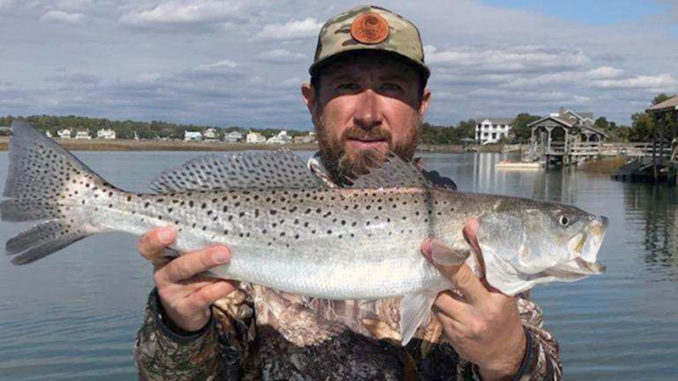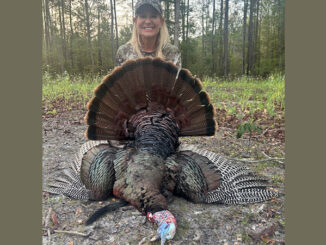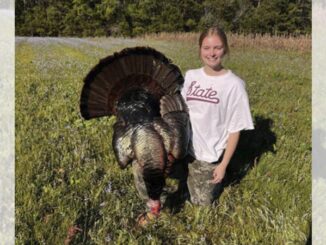
Live shrimp is all you need at Murrells Inlet this month
As the end of the year approaches, winter sets in across the Carolinas, and another transition period occurs for anglers. Some transitions can be traumatic. But the December transition is one to be longed-for in the waters around South Carolina’s Murrells Inlet.
Inshore anglers with a taste for redfish, speckled trout and black drum, can’t pick any other time of year when they can float a live shrimp and land three prime species without pulling in the anchor.
Murrells Inlet may be a small estuary compared to many of the neighboring lagoons to the south. But the fishing is not small by any means. It can easily produce record days with a mixed bag of specks, reds, and black drum. As the winter approaches and cold weather sets in, the inshore fishing can be about as good as it gets in this pint-sized estuary.
Dan Connelly of O-Fish-Al Expeditions, one of the top inshore guides in the Murrells Inlet area, said December is one of his favorite months to float live shrimp down a creek bank.
“December is prime time to catch trout, black drum and redfish in the same places,” said Connelly (843-241-7022). “All three species tolerate cold water, and the bait stealers are on vacation.”
Trash fish have moved out for winter
The inshore waters are nursery grounds for a wide variety of finfish that love shrimp of any kind: dead, alive or cut up. Smaller predators will attack like a school of piranhas with blood in the water. Some of the largest culprits among these “pickers” are pinfish. But when the water temperature plummets, they evacuate the estuary.
“The trash fish, especially the pinfish, leave when the water temperatures drop into the 50s,” Connelly said. “When water temperatures remain in the 50s, the preferred gamefish school up and can be easier to catch on live shrimp. “
Everything eats shrimp. And a kicking, energetic live shrimp suspended in the water column is too much to take for a trout, red or black drum. Luckily, the best places to target these fish include the main and feeder creeks of the estuary.
Murrells Inlet has a large network of creeks lined with oysters and plenty of docks around the island and mainland margins. Connelly will patrol these places, looking to find a hungry school of gamefish.
Reds and black drum will typically be in different places along the creeks as the trout.
“Black drum and reds will be closer to the bank and typically in shallower water, feeding along the oysters and grass edges,” Connelly said. “Trout will be in the same area but a little bit deeper, hanging just off the drops in 4 to 12 feet. They all are generally within casting distance in our smaller creeks.”
Connelly prefers to rig his live shrimp under an adjustable float so he can quickly target the shallow margins along grass edges. And then, with a quick adjustment, he can suspend his shrimp over a dropoff for a gator trout.





Be the first to comment